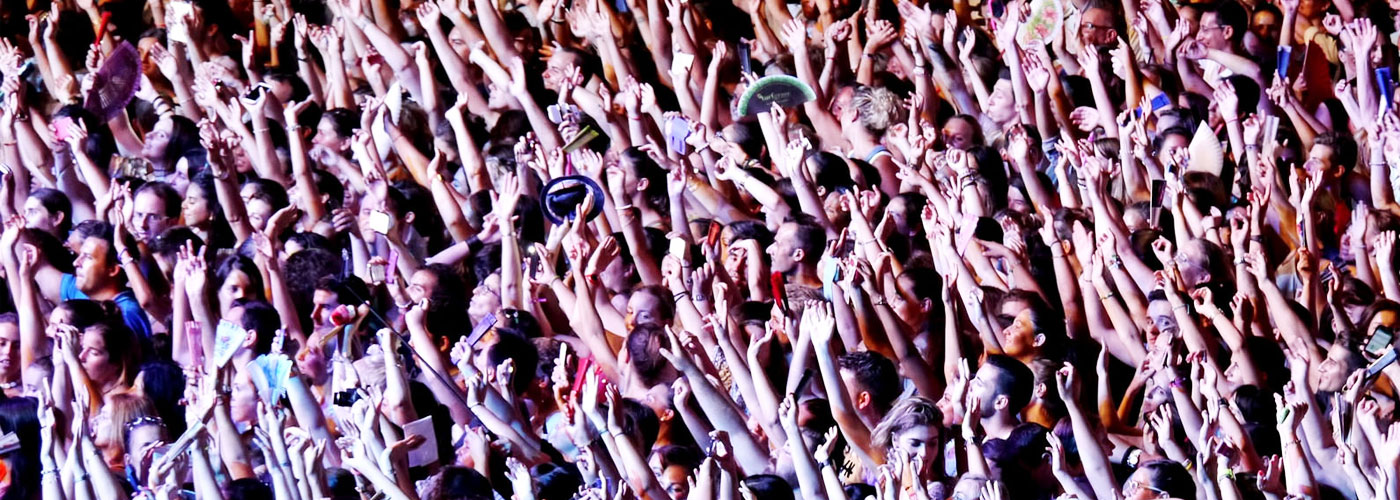I’ve spoken on panels about crowdfunding, written op-eds and generally thought of myself as an expert in running a crowdfunding campaign. So when my campaign to raise $100,000 in 30 days failed, I was forced to ask myself some very tough questions. In speaking with others, I’ve found that these are questions few people think about before embarking upon a crowdfunding campaign.
1. Do you have the time to focus on the campaign?
The challenge isn’t starting a crowdfunding campaign—it’s running it. Tweet This Quote
With the plethora of crowdfunding platforms out there, literally anyone can start a campaign. The challenge isn’t starting the campaign—it’s running it. I put in the time to prepare a video, design campaign materials and create a visually compelling campaign.
What I didn’t do was block off my schedule for the following 30 days so that I had time to focus on campaigning. Instead I was traveling almost every week to various conferences and accelerator programs, making it difficult for me to focus on getting the word out. I recommend blocking off 2-3 hours each day, particularly in the first two weeks, just to focus on outreach.
2. To what extent have you already hit up your networks?
Most crowdfunding campaigns receive 20-50% of their funding from friends and family. These are the first people to put in capital and the people most likely to share the campaign with others. My first Indiegogo campaign launched my social enterprise, Kuli Kuli, into the world. For most people in my network, this was the first time they had ever heard from me with a request for a donation. Additionally, there was a note of excitement to the request, as I was proposing to quit my day job and focus full-time on turning my dream into reality.
Most crowdfunding campaigns receive 20-50% of their funding from friends and family. Tweet This Quote
During the two years since launching that campaign, I’ve asked my network to support Kuli Kuli in a multitude of other ways, including voting for us in competitions and posting about us on social media. This meant that when I reached out to my network for our second Indiegogo campaign, my network responded at less than half the rate than they had for the first campaign. Ideally, you want a fresh network with a few large donors lined up to contribute on day one.
3. Have you done the math?
According to both Kickstarter and Indiegogo, the most common contribution to a crowdfunding campaign is $25, while the average page conversion is between 3-5%. Assuming a 3% conversion rate, Kuli Kuli would have needed over 130,000 people to visit our crowdfunding campaign in order to raise $100,000.
The most common contribution to a crowdfunding campaign is $25, while the average page conversion is between 3-5%. Tweet This Quote
Instead, we only managed to draw 15,000 people to our campaign page and convince about 400 of them to contribute. We did manage to get a few larger donors, which bumped our average contribution up to $174, but we still fell far short of the numbers we would have needed to hit our goal. If we had done the math ahead of time, we would have likely set our goal to a more reasonable number.
4. Are your perks priced reasonably?
Increasingly, crowdfunding campaigns are being used to pre-sell product and provide the campaign owner with capital to do a manufacturing run. This has been the premise for both of my campaigns. However, for the second campaign, we partnered with a nonprofit and had joint goals: raising funding for the manufacturing run of our Moringa Energy Shots and raising funding for the nonprofit to plant more moringa trees in Haiti.
Now, crowdfunding campaigns are used to pre-sell product and provide the campaign owner with capital to do a manufacturing run. Tweet This Quote
This meant we built a premium into all the perks. While many friends and family were happy to pay the premium to support a good cause, we found that strangers coming to our campaign were confused. They either wanted a good deal on a cool new product, or they wanted a tax credit for their donation. Since we took a mixed approach, we couldn’t provide either.
5. Are you relying too much on celebrities or press?
The last mistake we made was in expecting that a combination of celebrities and press would make our campaign go viral. We had tweets from a handful of noteworthy celebrities, including Ed Norton, Phillipe Cousteau, Rainn Wilson and José Andrés. All of their tweets were re-tweeted and favorited multiple times, but unfortunately they drove very little traffic to the campaign. Apparently, the public has become disillusioned with celebrity endorsements via Twitter, so they don’t drive the same traffic that they used to. We also expected that the combination of a feel-good story to reforest Haiti and the launch of a unique new superfood product would drive a lot of press. Despite all of our press releases, we only had one good article about our campaign.
Different crowdfunding platforms have different pros and cons, so research a couple before you launch. Tweet This Quote
Despite all of our mistakes, we did do one thing right: we chose Indiegogo as our platform. Unlike Kickstarter, where you don’t receive any funding if you don’t hit your goal, Indiegogo allows you to still receive the funds and, better yet, they have a policy that allows you to extend your campaign by up to 30 days. Different crowdfunding platforms have different pros and cons, so make sure you do your research before you launch.
Want to Support Kuli Kuli?
Visit Their Crowdfunding Campaign!



